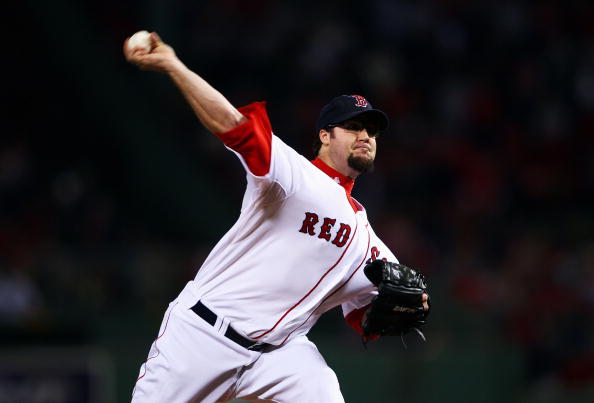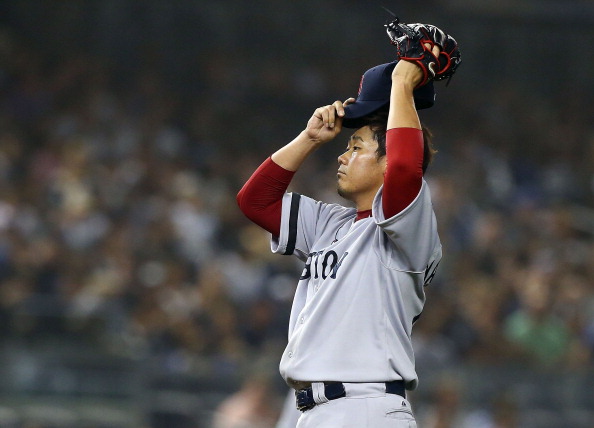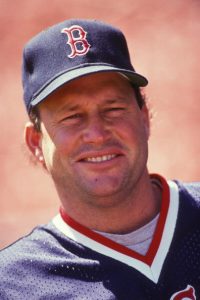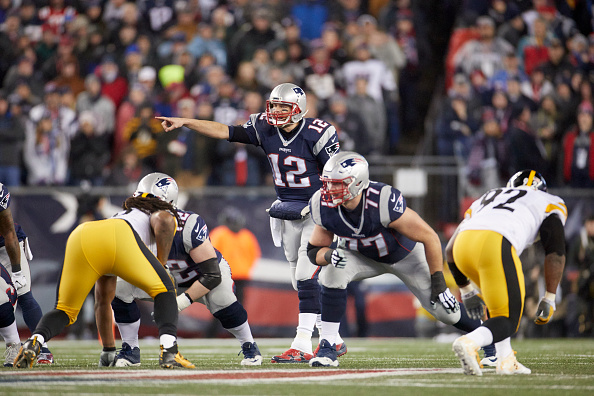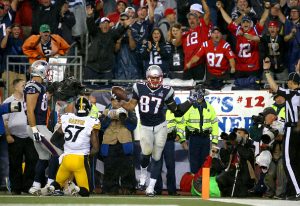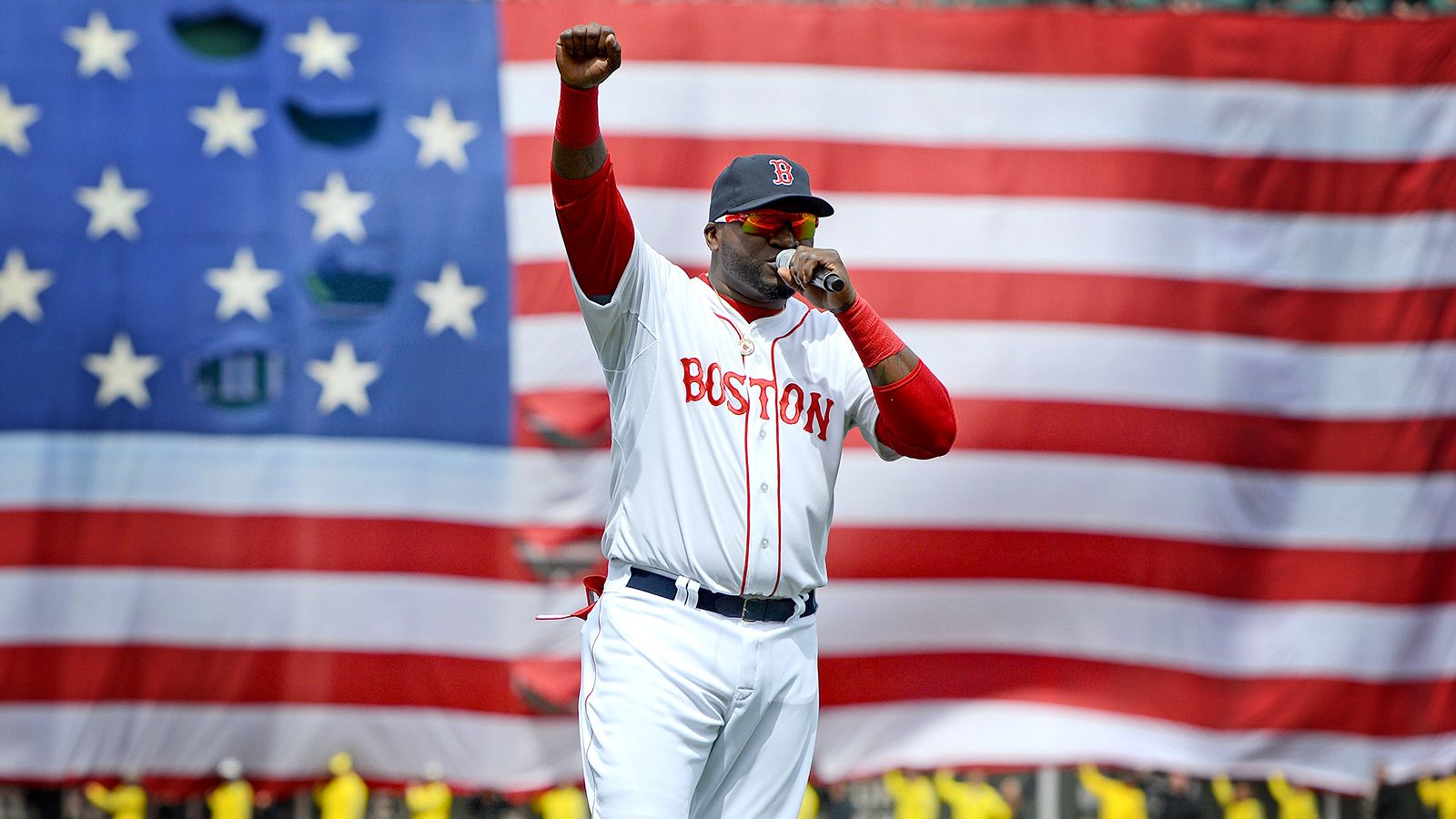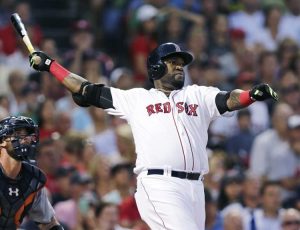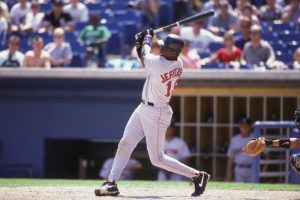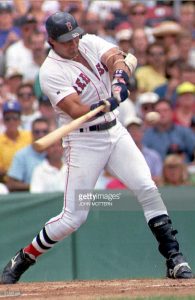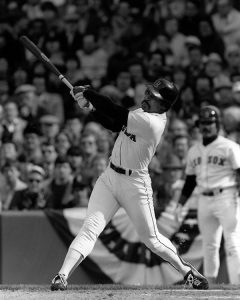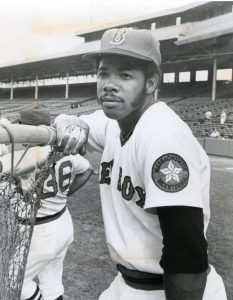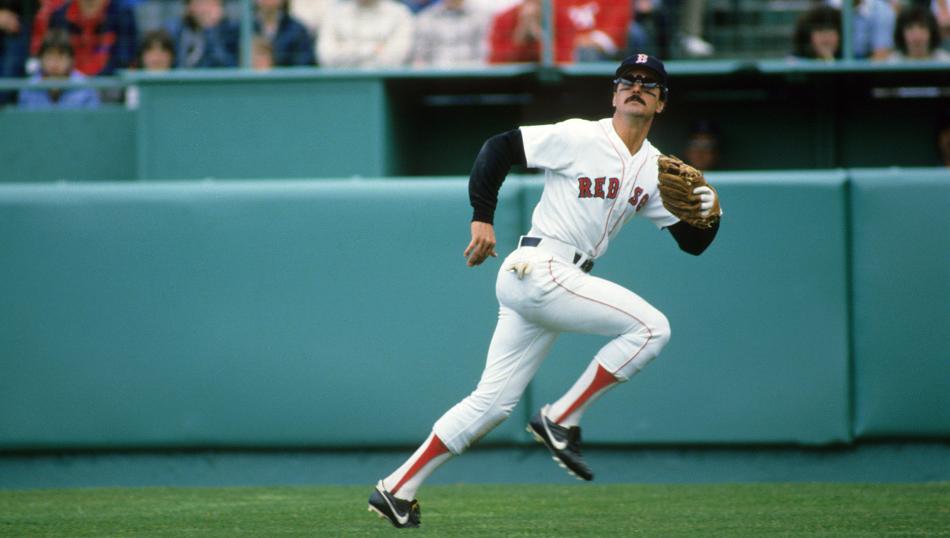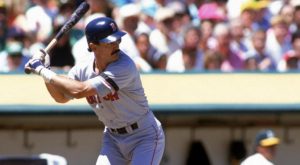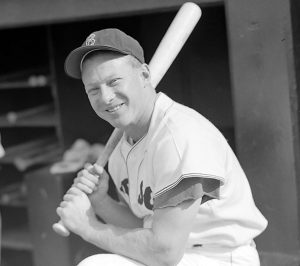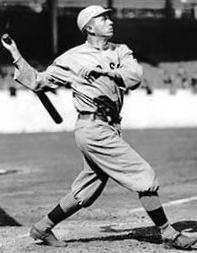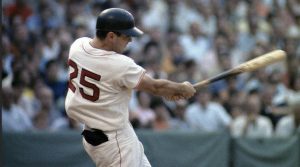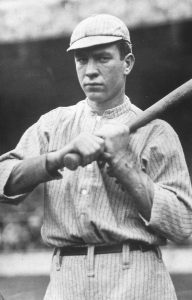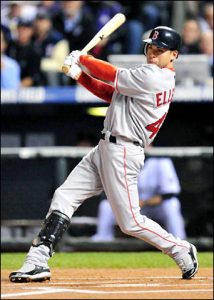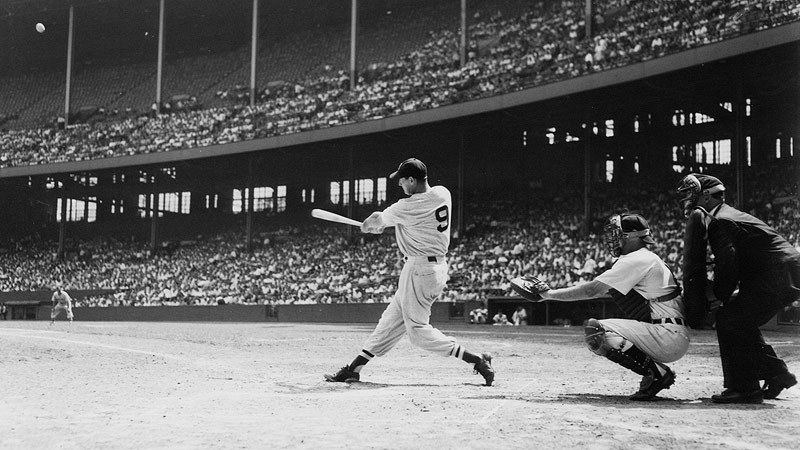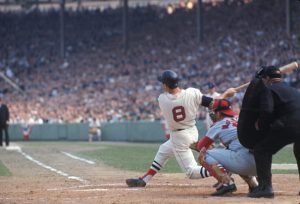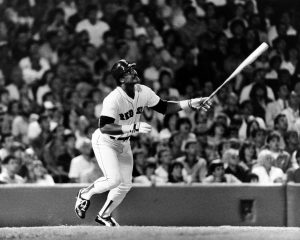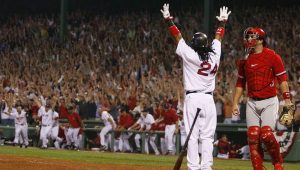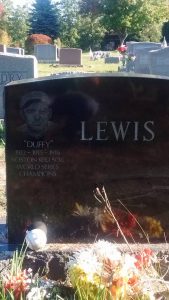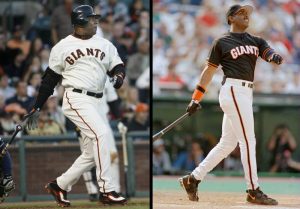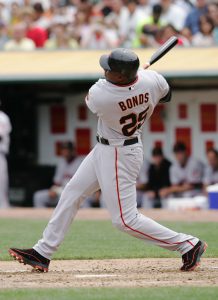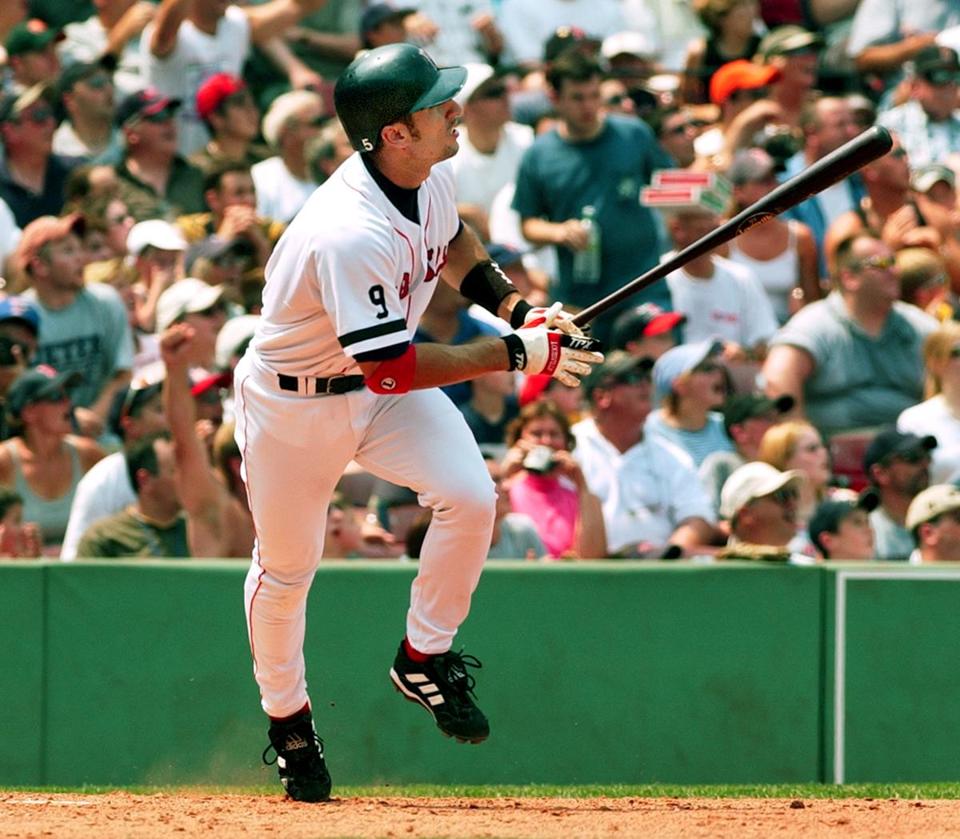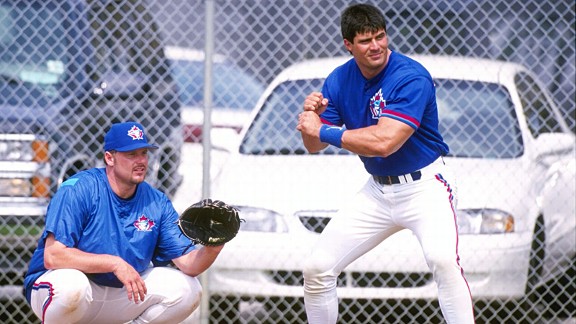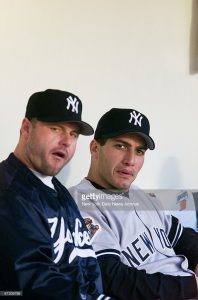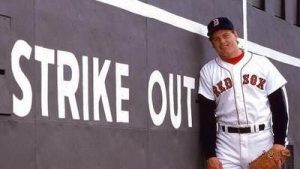As one can imagine, there have been many poor relief pitchers in the history of the Boston Red Sox. With over a century’s worth of pitchers in team history, and at a position with many guys on the team, the list is cluttered. Narrowing it down to just five guy’s leaves a lot of “worthy” players on the dishonorable mention list.
Jerry Stephenson
Stephenson was a swingman for the Red Sox during the 1960’s. He both started and relieved during his time, but was a disaster in both roles. Stephenson was 8-19 with a 5.54 ERA and 1.68 WHIP while with the Red Sox. This was during the sports best era to be a pitcher since the dead-ball era. These numbers led to a -4.4 WAR for the Red Sox, an astoundingly bad number for a pitcher. Stephenson was even worse as a reliever, posting a 6.65 ERA and 1.92 WHIP in that role.
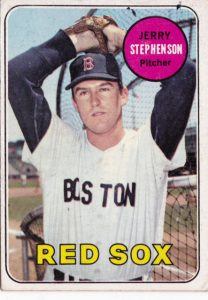
Ramiro Mendoza
Mendoza pitched for the Red Sox for two seasons, but it was like he was still employed by the Yankees. After spending seven seasons in New York as an effective long reliever, Mendoza was given a 2 year 6.5 million dollar deal by the Red Sox. With the Yankees, Mendoza could come in after a starting pitcher was knocked out early and keep the opponent at bay for several innings while the Yankees clawed their way back into the game. He did it to the Red Sox on multiple occasions.
Mendoza went 16-8 with a 3.60 ERA over his final two seasons with the Yankees. After switching sides of the rivalry, supposedly, Mendoza posted a 6.75 ERA and 1.77 WHIP in 2003 for the Red Sox. Mendoza did bounce back in 2004 in half a season. He missed about half the year and was not trusted in high leverage situations once he was back. He also faltered down the stretch, allowing eight runs in September and October after allowing four prior to that. Mendoza finished his Red Sox career 5-6 with a 5.73 ERA.
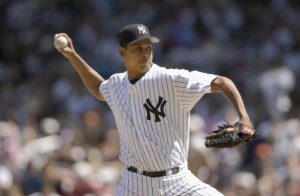
Did Ramiro Mendoza ever really trade in his pinstripes? (Photo by Ezra Shaw/Getty Images)
Eric Gagne
Gagne was the Red Sox big acquisition for the stretch run in 2007. The Red Sox were the best team in baseball that year but needed another reliable bullpen arm in the later innings. Gagne wasn’t quite the dominant force he had been in Los Angeles when he set the record for most consecutive successful save opportunities, but he was still a good pitcher.
From 2002-05 he was 14-7 with a 1.83 ERA and 160 saves. Gagne missed most of 2006, only pitching two innings. Texas took a chance on him in 2007 and he rewarded them, going 2-0 with a 2.16 ERA and 16 saves. Texas cashed him in for a few prospects with David Murphy turning out to be the best of the bunch. Murphy went on to have a solid career for the Rangers, while the Red Sox got nothing out of Gagne. Over 20 games Gagne had a 6.75 ERA and a 1.88 WHIP for the Red Sox. Then in the postseason, Gagne allowed three earned runs over 4.1 innings pitched. He was anything but the reliable setup man the Sox thought they were receiving.

Bringing in Eric Gagne was like punting the game. (Photo by Jed Jacobsohn/Getty Images)
Craig Hansen
Hansen was the Red Sox 26th overall pick in the 2005 draft. He was supposed to be a rapid riser through the system, a near Major League ready arm. Because of this belief, I think the Red Sox pushed him quicker than was warranted. Hansen made four appearances late that same season. The next season he pitched well overall in the minors, but showed underlying control issues. The Red Sox called him up anyways and he proven unready. Hansen had a 6.63 ERA in the Major Leagues in 2006.
The Red Sox, realizing they may not have allowed Hansen to develop, left him in the minors for all of 2007. This late attempt at a correction didn’t have much effect as Hansen had a 5.58 ERA and almost as many walks as strike outs in 2008. He was then including in the three team deal at the deadline that season that involved Manny Ramirez and Jason Bay. Hansen finished his Red Sox career with a 6.15 ERA and 1.67 WHIP.
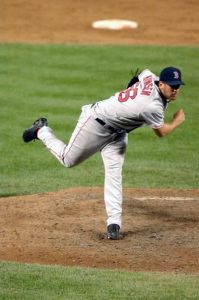
Craig Hansen of the Red Sox during a game against the Orioles on May 30, 2008 at Camden Yards. (Photo by Mitchell Layton/Getty Images)
Todd Frohwirth
Frohwirth was as bad as can be while with the Red Sox. He pitched in 26.2 innings for the Red Sox, and 52 innings for the PawSox. Frohwirth came to the Red Sox after spending three seasons with the division rival Orioles. In Baltimore, he was 17-13 with a 2.71 ERA, so there was reason to be in favor of the acquisition.
Todd Frohwirth had an 0-3 record with the Red Sox in 1994, pitching to an unsightly 10.80 ERA and 2.14 WHIP. Usually pitching two innings or less, Frohwirth allowed three or more runs in four appearances out of 22. After pitching to an ERA north of 10 by June 10th, the Red Sox sent him to the minors. When he returned in August he was no better, allowing 10 runs, seven earned over five innings. He was so bad I remember friends and family referring to him as Todd “throw up.”
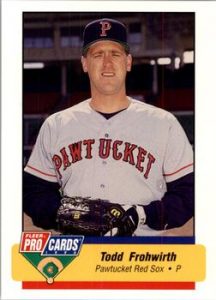
Despite a successful three year stint in the Baltimore bullpen, Frohwirth spent a chunk of the 1994 season in Pawtucket.
Dishonorable Mentions:
Skip Lockwood, Mark Melancon, Heathcliff Slocumb, John Wasdin, Matt Mantei, Lenny Dinardo, Emerson Dickman, David Aardsma, Arnold Earley
